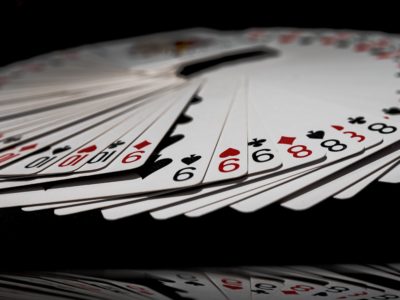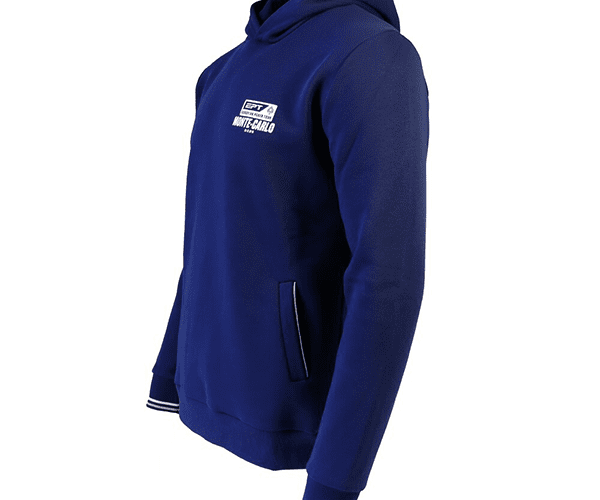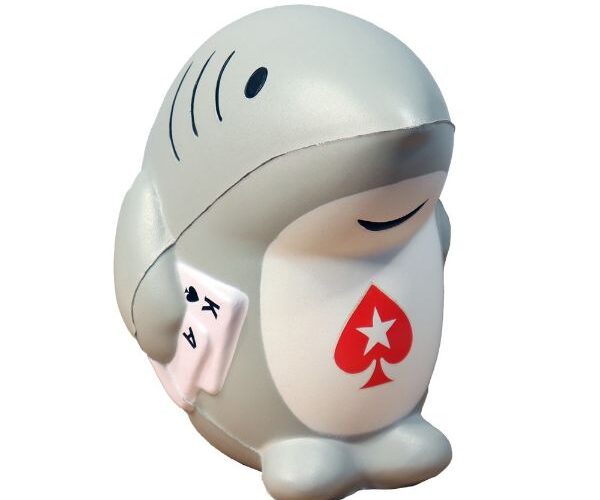New poker players tend to favor full-ring (nine-handed) games or perhaps six-handed games over heads up poker. There are a number of very logical reasons why this is true.
The simplest and most obvious reason is that in heads up poker, there’s nowhere to hide!
Heads up poker, whether in a cash game or tournament, requires both players to pay attention and make meaningful decisions — often several of them — every single hand.
In a full-ring game, you are likely folding the majority of your hands, even if you play a relatively “loose” style in which you are seeing many flops.
Among those hands you fold are a number that involve what are essentially trivially simple decisions. You are under the gun and thus first to act before the flop, and you look down at 8♠ 3♦ . You toss the cards into the muck. Then you wait patiently for a minute or two or more until the next hand comes.
In heads up poker, there is no waiting around for the next hand. Much like in a boxing match, your “head” must always be “up” (pun intended). You are always in action, either playing a hand or being dealt another. And you must always be ready to dodge opponent’s punches and to throw punches of your own.
When playing heads up, you might occasionally toss away 8-3 offsuit or similar garbage preflop after just a few seconds of consideration. But most of the time the decisions even with lousy starting hands are going to be a little more involved. Or a lot more.
New players understandably prefer not to have to make so many decisions so often when they are just starting to learn poker. Having some down time to watch other players, pick up information and strategy, and simply keep yourself calm and settled can be immensely helpful.
Heads up is a lot more stressful than full-ring poker. Heads up poker also requires a completely different strategic approach than the one players typically use versus multiple opponents.
What is heads up poker? Some argue it’s an entirely different game altogether.
Here are some tips for heads up poker, presented as a quick rundown of five important ways heads up poker differs from playing multiple opponents on a larger table, including some tips for how to win at heads up poker.
1. Heads up poker: Starting hand selection
One of the first things new poker players often learn is the importance of starting hand selection. You want to play strong hands often, weak hands less so. You always want to play A-A, K-K, Q-Q, and A-K, you often want to play other big aces, big kings, big and medium (and sometimes small) pairs, and other nice starters like suited connectors.
Hands falling outside of this range tend to require other reasons for playing them. And more often than not, you’re folding those bad starters and avoiding the trouble they often cause.
When learning how to play heads up poker, you have to adjust your range of starting hands. You have to play more hands than you would otherwise. Hands like A♦ 3♣ or K♠ 8♥ that appear marginal in many full-ring situations often are not just worth playing heads up, but worth raising and applying pressure upon your opponent with as well.
Probabilities dictate this difference. Against eight other random hands, K♠ 8♥ is likely behind several of them. Against just one other random hand, it is likely ahead.
In some heads up situations, such as against passive or weak opponents, you might even want to play close to 100% of your hands. In most cases the percentage will be less than that, perhaps 70-75% or so when you have the button, and a bit less when you don’t (see below for more about position). In any case, that’s well above the 15-20% of hands you might voluntarily play in a full-ring game.
Keep in mind as well the fact that when playing heads up, you’re paying blinds every single hand. Folding a lot of hands costs you a lot more than it would in a full-ring game.
2. Heads up poker: Absolute hand strength vs. relative hand strength
Probabilities not only affect how your hand rates before the flop, but afterwards as well.
In a full-ring game, reaching the river with just ace-high or one pair may not be such an advantageous situation.
If you have J♠ 10♠ and the board reads K♣ 2♠ Q♥ 4♠ 10♣ , you might not be so thrilled with your pair of tens. There are straight and flush possibilities and two higher board cards. Depending on the action and number of players involved, you might be reasonably certain your hand is not best.
Heads up, though, that pair of tens could well be a winner. Your opponent could still have you crushed, but the odds that is the case are lower in this situation than in the full-ring game.
Having ace-high or king-high on the river isn’t great when it comes to absolute hand strength. But in heads up poker those holdings can possess decent relative hand strength in certain situations, such as when the betting has been light and/or your opponent seems not so interested in battling with you over the pot.
Bottom line, just as you aren’t waiting around for aces or kings to enter a pot heads up, so, too, should you not wait around to make sets, flushes, and straights in order to bet or raise postflop, either.
3. Heads up poker: Position
Some new hold’em players aren’t familiar with how the button and blinds work when playing heads up. Even experienced ones who mostly play tournaments are sometimes confused by it, since actually getting to play heads up is relatively rare.
How do the blinds work in heads up poker? Players take turns having the button, trading it back and forth each hand. According to the rules for heads up poker, the button pays the small blind, and the other player pays the big blind. Before the flop, the button/small blind acts first. Then after the flop, the big blind acts first and the button/small blind acts last on each betting round.
You can see how this can be confusing, since in a full-ring game the small blind acts before the big blind after the flop.
When it comes to heads up poker strategy, position is hugely important. It’s kind of an “either-or” or “black-and-white” situation heads up — you either have position or you don’t. In a full-ring game with multiple players, you can be in position versus some and out of position versus others.
Knowing how to pressure opponents when in position and how to control pot and not become vulnerable when out of position is important in all forms of poker. But those strengths (or weaknesses) get amplified when playing heads up, since your position changes every hand.
4. Heads up poker: Stack sizes
No matter the game, you always want to know how many chips you have and how many your opponents have. When playing heads up, it becomes even more crucial to know how much your opponent is playing.
Thankfully, it is even easier to keep track of how many chips your opponent has when playing heads up. If you know how many chips are in play, you only really have to count your own chips to know how much your opponent has. If there are 100,000 chips in play and you have 45,000 of them, you know your opponent has 55,000 and a slight edge.
Knowing who has more chips to start a hand can affect strategy greatly when playing heads up. In a cash game, the player with the larger stack can bust the one with less. In a tournament, the big stack can win the tournament on the next hand (and cannot possibly lose it).
Recognizing when a player has become especially short-stacked is key as well. When a player is down to a few blinds or a small percentage of the overall chips, preflop all-ins are more likely, thereby affecting starting hand selection. You might start playing fewer hands in that case, even if you’re the big stack, since you know the all-in is coming soon.
5. Heads up poker: Aggression vs. passivity
It has been said that poker is a game that reveals a lot about a person’s character. The “nowhere-to-hide” aspect of heads up poker makes that observation even more applicable.
Players in a full-ring game can play a “passive” style and still sometimes be successful. You can call and fold a lot, and not bet or raise much or at all, and still get by in some games. You probably won’t win as much as you could, but you can still win.
That’s not how to win heads up poker. The best heads up poker strategy is to play an “aggressive” style that involves more betting and raising than you do otherwise. That doesn’t mean going crazy every hand, but if you never pressure your opponent in this way, it becomes very difficult for you to win that player’s chips.
Practically speaking, playing aggressively heads up means open-raising and not limping before the flop when you have the button. It means continuation betting more often after that. It means value betting more, bluffing more, and generally pushing the action more than you might otherwise.
You might even find that heads up your “character” becomes quite different as you shift from a careful, selective style to a more gregarious-seeming, active style of play.
That’s a good thing. When you play heads up, you should be a different poker player than when you play full-ring poker.
Because frankly, heads up poker really is a different game.
Back to TopView Other Blogs






























